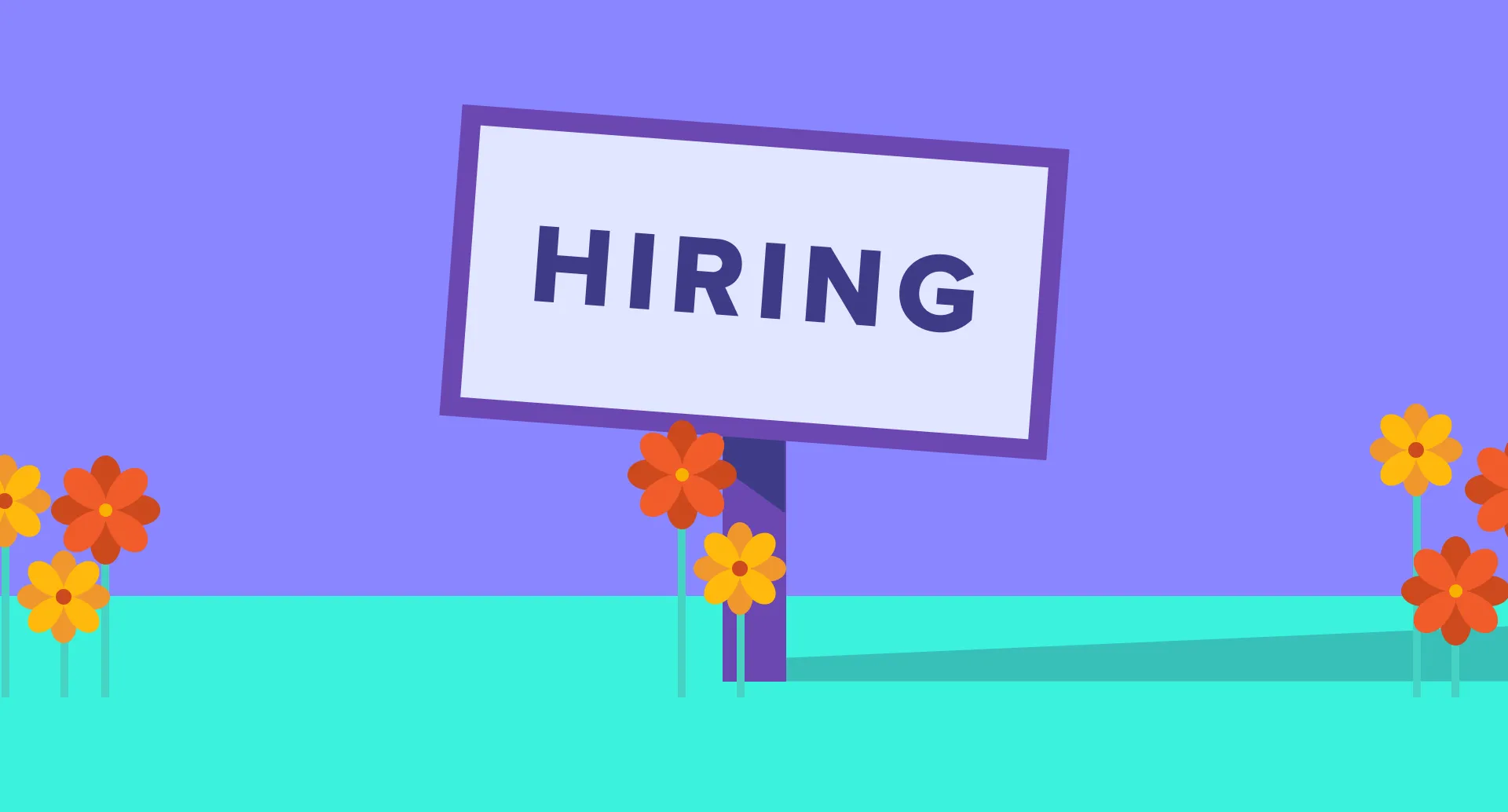Hiring well is both a daunting and very nuanced task. Each person that you bring on board shapes a myriad interactions including team dynamics, team culture and overall team performance.
As a hiring manager, one of the most important things you can do is to set up the right processes that will ultimately build the right team for your business. As a job seeker, it can be helpful to understand a company's hiring process before seeking employment with them.
To give you some insight, we've detailed the key aspects of our hiring process here at Designlab.
Understand What is Actually Needed
This might sound very simple but starting at the very beginning by understanding what is actually needed for each role is the foundation of our process.
Our first step is to consult key stakeholders. We need to understand both what responsibilities will fall to the person who is hired into this role as well as the skills and behaviors that will set them up for success.
Once we have collected this information, we try to understand what we can do to make the current team and team processes more effective. This helps us to further refine the responsibilities and how to frame them in our job advert.
We try not to rely on previous job descriptions. These will often form the basis of our new job advert but we are careful to discuss what has changed and what we’ve learned.
Be Real About the “Essential” Skills
We aim to make our essential skills just that—the skills that candidates need at an absolute minimum in order to meet the needs of the role.
We’ve found that the longer we make this list, the easier we make our screening process, but the higher our risk becomes of missing out on really excellent candidates. We work hard here to strike a good balance.
There are many different routes possible to acquire the skills needed, and tertiary education is just one of the possibilities. We don't discount candidates who have come across their skills and knowledge through experience or self directed learning.
What you want to be able to see, and then test, is that applicants have the skills and knowledge your team needs and that they know how to apply them practically.
Make Sure Your Screening Rubric Matches Your Job Advert
We’ve found that most good candidates will carefully read our job advert before tailoring their resumes and the answers to our questions to the aspects of the role that we have emphasized.
Some candidates will choose not to apply based on the requirements laid out. To give ourselves the best chance of finding the best candidates, we ensure that our screening rubric mirrors the requirements we list out in our job adverts.
Recently, our job adverts have gathered hundreds of applicants per day—and we review them all by hand. This is a mammoth undertaking. But it’s well worth it if you have put the right effort into building a good screening rubric from the get-go.
Avoid the Culture Trap
Many companies talk about hiring for culture fit, but for us we have taken a slightly different approach.
Culture can be amorphous and oftentimes changes from team to team, even within the same company. We have also found that culture can change over time based on the life stage and the objectives of the company at the time.
Rather than look for a “culture” fit in our candidates, we do the following instead.
We actively seek diversity in our candidate pool. We believe that diversity of background and opinion strengthens us as a company allowing us to consider broader ideas, approaches, and opinions.
We actively look for candidates who will be a values fit and not a culture fit. Our values are at the heart of who we are and they are the common thread that pulls our team together, regardless of where we live, our backgrounds, or any other part of our identity.
Values also inform behaviors and we have carefully tried to map the values-based behaviors that lead to success within our team.
Test for Knowledge, Skills, and Values
We all come with a set of biases, many of them unconscious. In our hiring process we eliminate as many of these biases as possible.
Our interview questions are set up in advance with a rubric that pre-determines the characteristics of an excellent, good, or poor fit. Each candidate is asked the same set of questions by the interviewer.
We have also recently stopped using the video function in our first round interviews and rely only on audio. This helps us to try and eliminate any bias we might feel based on the appearance of each candidate.
Our questions are designed to test knowledge, skills, or values specifically—each question or phase is picked deliberately to enhance our understanding of what the candidate will bring to the team and to the role.
We’ve found that a short paid project for our top candidates is particularly useful in assessing skills. It’s not foolproof, but it’s a good way to test candidates' ability to practically apply the knowledge that they have shown during the interview process.
Actively Seek Input From Other Team Members
Unless you’re part of a very small team, we would recommend that no hiring process or decision should rest on the shoulders of one person.
We actively seek input from a broader group of team members in order to make our final decision. After all, we’ll all end up working together.
People Ops does much of the initial screening to make sure that all candidates are reviewed against the same criteria with the same degree of rigor.
Our next step is to empower our hiring managers. They work closely with our People Ops team throughout the whole hiring process and often run our technical or skills based interviews.
We then select a small team of people who will end up working closely with the new hire to help conduct our values interviews.
By the end of the process, we have a large degree of buy-in and excitement from key team members around the top candidate. This has been an important part of setting our new hires up for success.
To summarize, there is no such thing as the perfect person, the perfect hire, or the perfect company. Rather, what we look for in our hires is the perfect fit—the individual that comes with the right blend of skills, knowledge, and behaviors that will allow our team to become a better version of ourselves.
It’s not easy, but when we get it right, the results are awesome.



.svg)







%20(1)-min.png)

.png)




